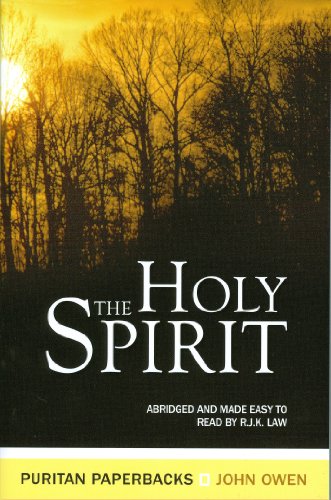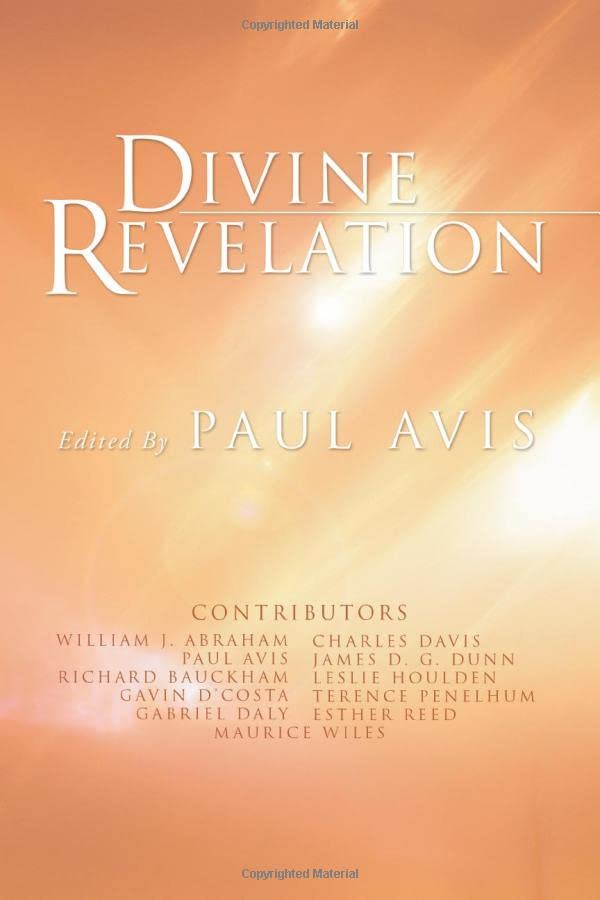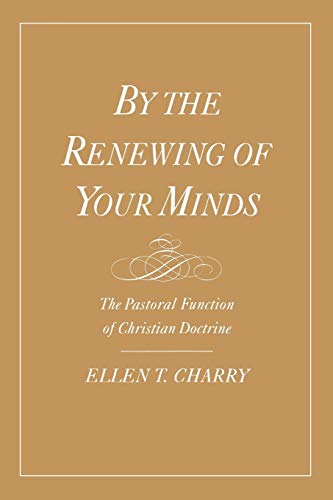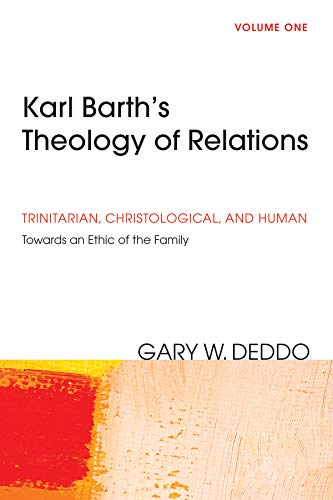A Biblical Hebrew Reference Grammar
Written by Christo H.J. van der Merwe, Jackie A. Naudé, and Jan H. Kroeze Reviewed By Bo-Krister LjungbergThis reference grammar is purposely designed to facilitate its usefulness, since it is written from the perspective of those who have completed an introductory course in Biblical Hebrew and are engaged in translation and exegesis. Its most distinguishing feature is its didactic structure, presenting Hebrew grammar with overview and clarity. It takes users beyond introductory knowledge, but not into the very depths of specialist studies.
This work is intended to be of an intermediate nature. So, although structured similarly to its forerunners, the grammars of Gesenius-Kautzsch-Cowley, Richter, Waltke-O’Connor and Jouon-Muraoka, it does not go into their detail. A positive effect of its comparative brevity (404 pages) is that scholars well-versed in the larger grammars could profit from its condensed summaries, e.g., the excellent section on Focus particles (311–20).
Another positive feature of this reference grammar is the glossary of linguistic terms, ‘the metalanguage’ (351–69). Here one finds, for instance, a definition of the term Precative Perfective (‘The precative perfective refers to a rare semantic use of the perfect form to make a request in prayers’), for which one looks in vain in Crystal’s Dictionary of Linguistics and Phonetics, but which is an essential element of biblical linguistics (cf. Waltke-O’Connor). There are also indexes of subjects, Hebrew words and OT texts. These features give this grammar an advantage in teaching and learning over the other larger standard grammars mentioned. Simplicity is always difficult, and in this field terminological confusion abounds. So it is very satisfying to have clear definitions given from a basis of common knowledge, without privileging any particular linguistic theory.
The ambition to be innovative has been set aside for didactic purposes. This is not an excuse for ignorance: explanations do not hinder curiosity and good directions for further study are given. Also, a ‘next volume’ is contemplated, covering intersentential relations, text types, speech-acts and sociolinguistic conventions. By its very appearance this would be innovative, and would invite critical evaluation. The need for such a second volume is perhaps even greater than for the first, and its production is warmly encouraged. The awareness of text-linguistic/discourse analytical matters, matters of genre, and communicative dimensions (semantics and pragmatics), while not developed in the present volume, suggests that it will not become outdated as research in these areas continues.
Augmenting the Hebrew font size in future editions would add favourably to its readability. One wishes wholeheartedly that this fine work will reach its large target readership.
Bo-Krister Ljungberg
SIL International and Lund University, Sweden







